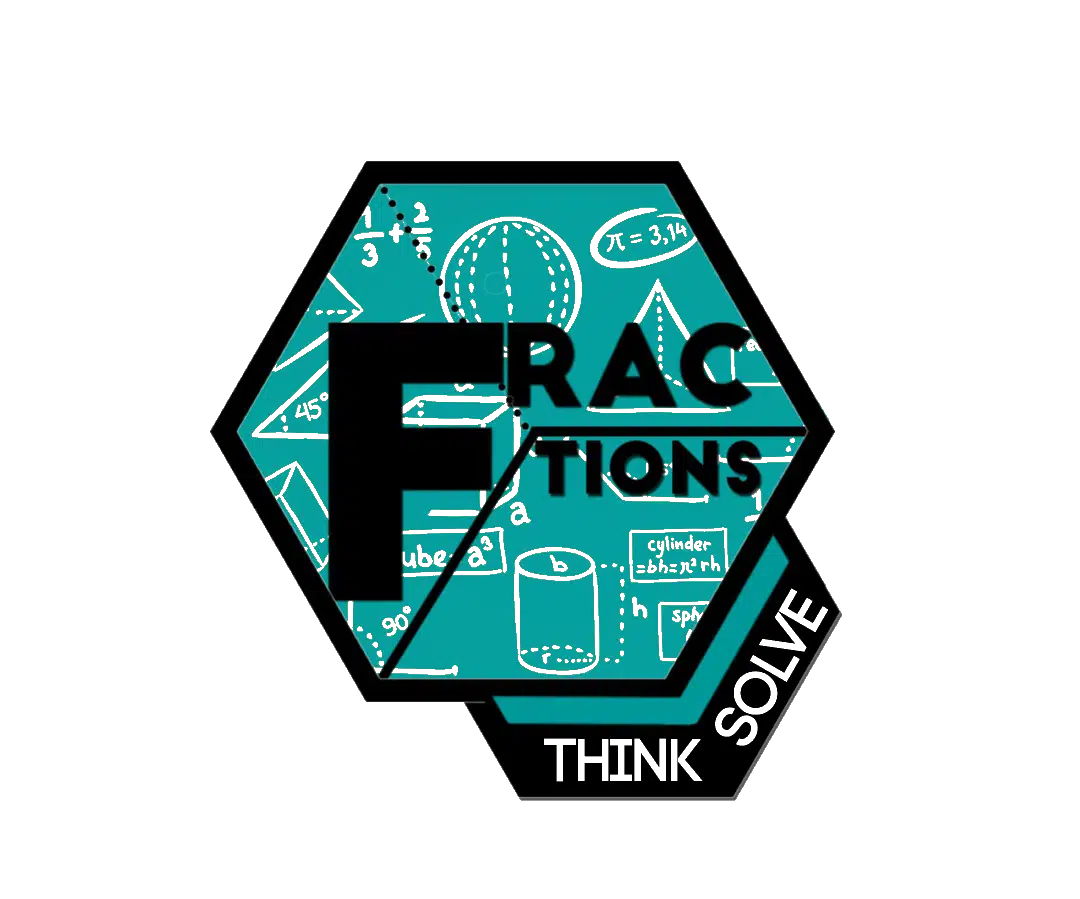A CRASH COURSE for ISI & CMI entrance exam 2024.
This workshop is being organized for the I.S.I. and C.M.I. aspirants for B.Math, B.Stat (I.S.I.), and B.Sc (C.M.I.) entrance exams. This workshop will focus mainly on problem-solving. We have collected a wide variety of problems which we will be discussing in these ten weeks. We have very carefully chosen the problems such that they will be of great help to the students who are going to appear for the entrance exams this year or are preparing for it. The main topics to follow are Number Theory, Combinatorics, Polynomials, Geometry, Calculus e.t.c. and the problem sheets will be provided to the students beforehand so that they can try them at home before we discuss them in the class. We will also talk about the things you need to follow just before your exams and also those who are preparing for the exam will get to know all the major sources that they need to follow to enhance their preparation. The classes will be held online via Zoom and you will get a chance to meet the students who have actually cracked the exam and learn from them. The recordings of the classes will be posted after the class. The workshop will start on 9th February 2024.







![Rendered by QuickLaTeX.com \[\begin{cases} a+b+c=\frac{1}{a}+\frac{1}{b}+\frac{1}{c} \\a^2+b^2+c^2=\frac{1}{a^2}+\frac{1}{b^2}+\frac{1}{c^2}\end{cases}\]](https://fractionshub.com/wp-content/ql-cache/quicklatex.com-a76d38c8430c7198aa65dc17a98092bb_l3.png)